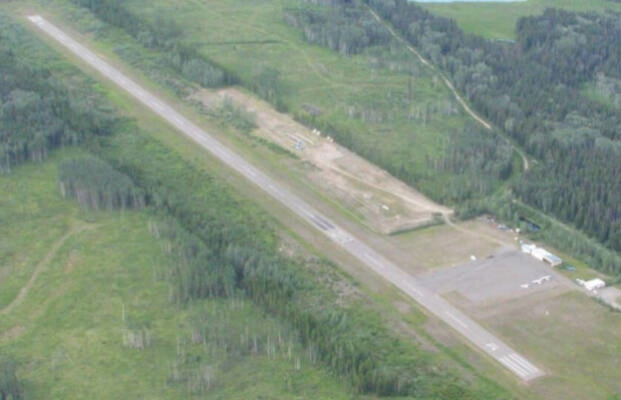The Houston Flying Club is getting money from the District of Houston to help meet its obligations to receive a larger sum from the provincial government to finance improvements at the District-owned Houston Airport.
Council May 16 voted to provide $5,000 so the club can receive $76,400 to refurbish the airport’s administrative building, provide for aviation fuel and clear away vegetation along the fringes of the runway.
The District is also providing $1,000 as a further sum to help pay for building roof, siding and trim repairs.
And a further sum of at least $1,000 is to pay for access to Starlink for the remainder of 2023, a system that provides reliable and accurate internet connectivity.
The money will come from the $19,000 the District has left out of a $25,000 fund in its 2023 budget set aside for grants to aid local groups.
A memo from District of Houston chief administrative officer Michael Dewar noted that the District is also helping finance a Starlink connection for Houston Search and Rescue.
The Houston Flying Club “has stated that the District could access Starlink connectivity if there was ever an emergency that required an emergency operations centre to be located at the airport,” he said.
Dewar added that the District is also acting on a club request for water and electricity for the airport building.
That cost of $4,247.25, plus employee time, is coming out of the District’s 2023 operations budget.
The club has already received $1,700 from the Bulkley Valley Credit Union, $5,000 from the Dungate Community Forest and has applied to a community fund from a log salvage program for another $5,000.
The latter grant would be used to replace the administration building’s front entrance and ramp and add a roof sufficient to repel blasts from airplane props to reduce further water damage to the front of the building.
